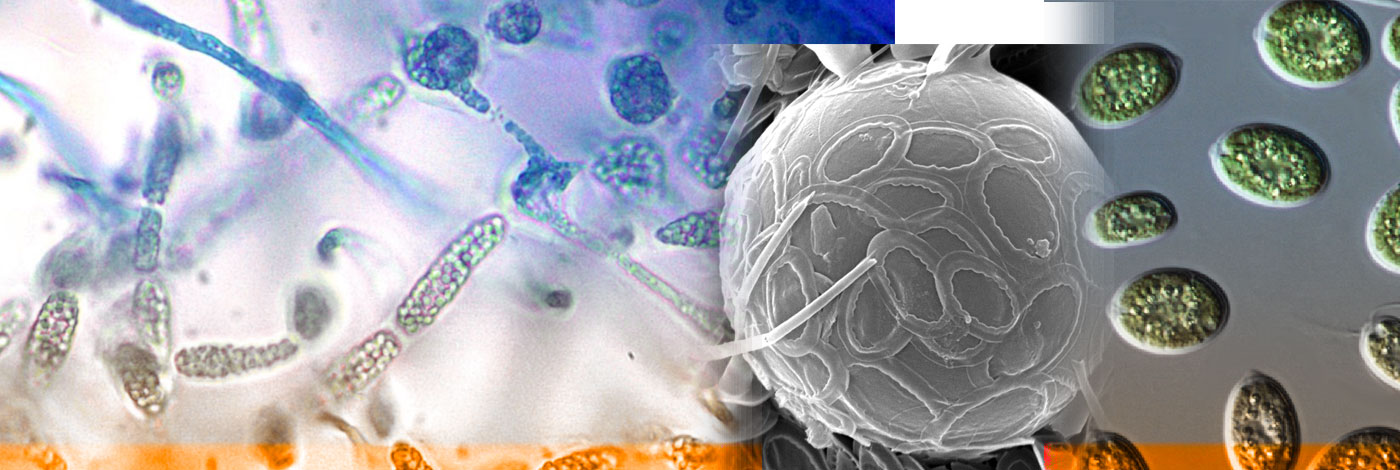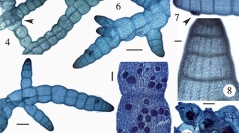

 Cryptogamie, Algologie
39 (4) - Pages 431-447
Cryptogamie, Algologie
39 (4) - Pages 431-447Using molecular-assisted alpha taxonomy, we have uncovered two new pseudocryptic species of Champia in Bermuda, as well as have demonstrated that the European C. parvula, a name previously applied to historical Bermuda collections, and C. farlowii recently described from southern New England, USA, are not part of the island flora. We present COI-5P and rbcL, as well as morphological, evidence to describe two endemic species for the islands, C. hasselbringii sp. nov. and C. insularis sp. nov. They are similar species with compressed but variable axes and a wealth of overlapping anatomical characteristics. However, the two species are distinguished not only by their genetics, but also by reproductive features that are commonly found in the small prostrate, epiphytic species. It is possible that C. hasselbringii could be the correct name for species reported in warm waters of the western Atlantic as C. compressa or C. vieillardii, species with type localities in South Africa and New Caledonia, respectively.
Bermuda, Champia, Champiaceae, C. hasselbringii sp. nov., C. insularis sp. nov., COI-5P, phylogenetics, rbcL, Rhodymeniales, Rhodophyta